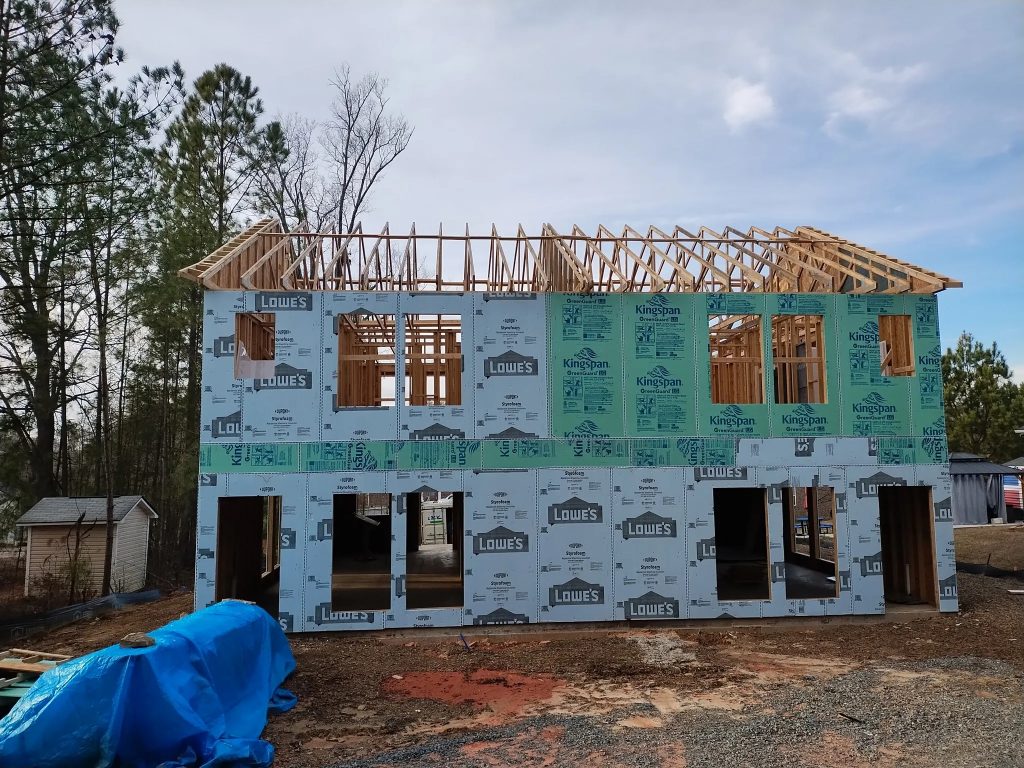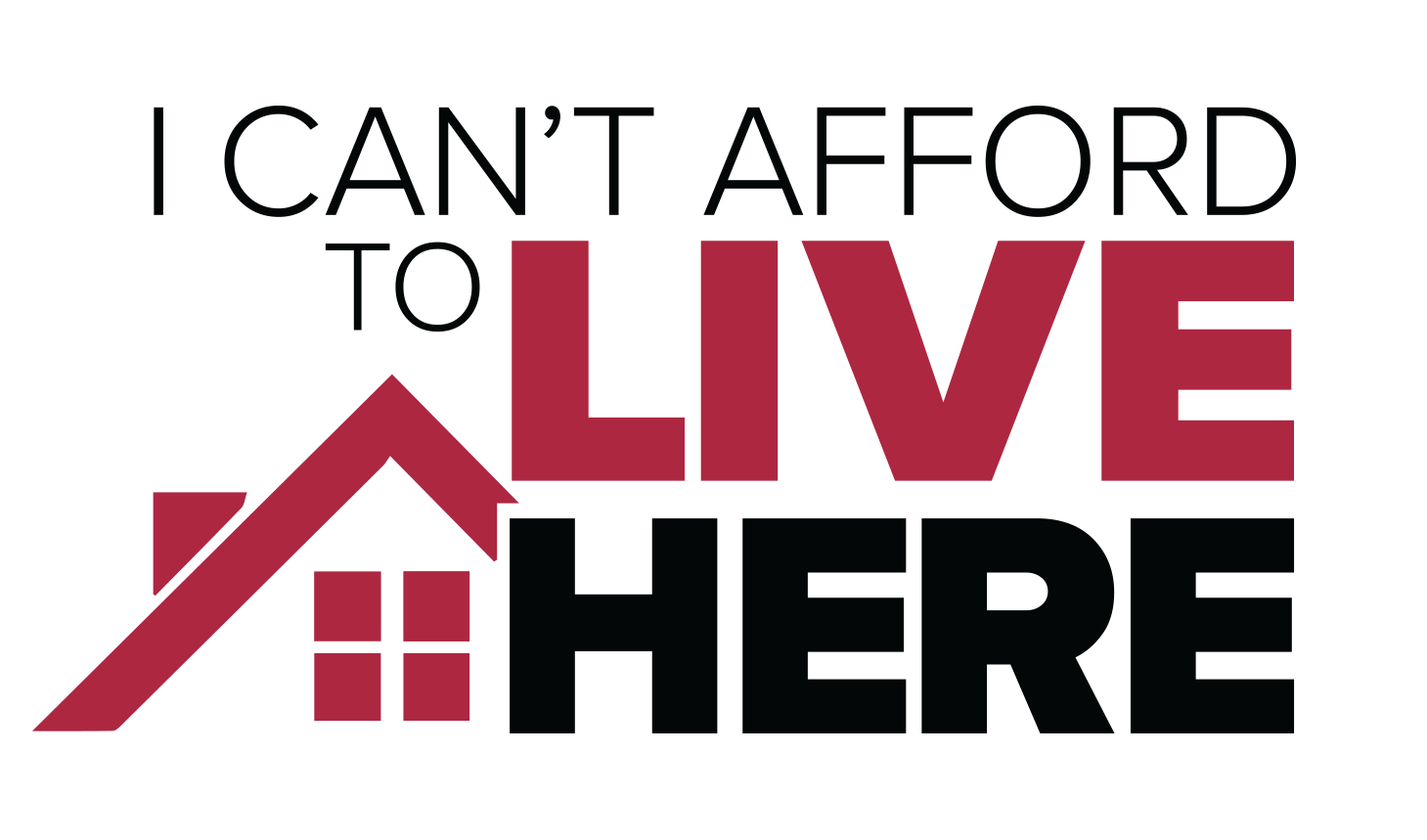By Chris Rudisill
September 18, 2020
In April, the North Carolina Department of Health and Human Services (NCDHHS) announced the Carolina Community Tracing Collaborative. The partnership between Community Care of North Carolina (CCNC), the North Carolina Area Health Education Centers (NC AHEC) and NCDHHS was part of Gov. Roy Cooper’s initiative to slowly lift restrictions by focusing on testing, tracing and trends.
In simple terms, the idea behind contact tracing is to connect with people early who have been exposed to the coronavirus to help stop the spread. According to the Centers for Disease Control and Prevention (CDC), “communities must scale up and train a large workforce and work collaboratively across public and private agencies to stop the transmission of COVID-19.” That was the goal of the Collaborative. Health experts pointed out early in the pandemic the importance for rapid response to control the spread, a fact that is under additional scrutiny now after evidence of the Trump administration’s effort to purposefully downplay the threat of COVID-19.
CCNC launched its contact tracing program within a matter of weeks. While they were not previously working in tracing communicable diseases, they had close relationships with NCDHHS and primary care providers across the state. “The work we have done laying that infrastructure allowed us to move rather quickly,” says Christina Page, vice president for performance optimization at CCNC.



 The Charlotte Journalism Collaborative is supported by the Local Media Project, an initiative launched by the Solutions Journalism Network with support from the Knight Foundation to strengthen and reinvigorate local media ecosystems.
The Charlotte Journalism Collaborative is supported by the Local Media Project, an initiative launched by the Solutions Journalism Network with support from the Knight Foundation to strengthen and reinvigorate local media ecosystems.








